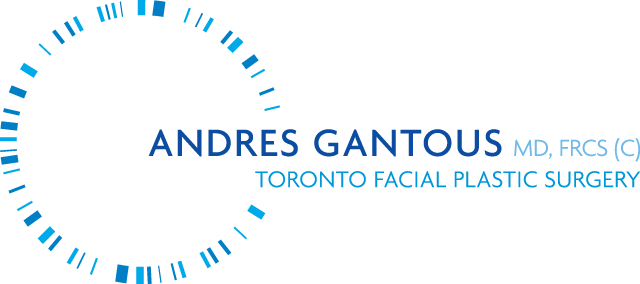Botox is an incredibly popular option for the treatment of facial wrinkles. What exactly makes Botox so effective against facial creases and aging lines?
The Unique Properties of Botox
Botox is a purified neurotoxin, which means it is a substance that affects the function of nerve tissue. When it is injected in specific areas in extremely tiny amounts, it obstructs the nerve signals that would normally travel from the muscles to the brain. Without this communication process, muscles cannot move (expand and contract). This effectively relaxes the muscles in the injection site, in turn relaxing the overlying skin to smooth away fine lines.
Similarly, without muscle movement, problems like excessive sweating, muscle spasms, uncontrolled blinking, migraine, and urinary incontinence also get better. For instance, when muscles cannot receive communication from brain to produce perspiration, you won’t have any sweat in the underarms or any other area where you have received Botox injections.
The Effectiveness of Botox as a Wrinkle Treatment
If you use Botox to address the problem of fine lines and creases on the face, you can see visible improvements very quickly. It can take around seven to ten days to see the complete effects of Botox. Depending on your skin’s condition, the effects of Botox can last for three to four months or so. You will need to repeat treatment sessions to keep wrinkles away.
Botox is especially useful for wrinkles that have just started to form, such as frown lines or creases around the eyes. In such cases, Botox can be a preventive wrinkle treatment. You can use it to resolve the look of horizontal forehead lines, vertical lines between the brows, crow’s feet, chin wrinkles, vertical neck bands, and more.
The Botox Treatment Process
The Botox treatment process is quite simple and convenient, especially in comparison to surgical procedures. It only requires around 15 to 20 minutes to perform. At the start of the procedure, the target regions of the face and neck are marked as a guide for the injections.
After this step, a topical numbing cream or local anesthetic may be applied in order to make the process more comfortable. Once the numbing has taken effect, injections of Botox are administered into the muscles of the target regions. The amount of Botox used for each area will vary depending on numerous factors. In certain areas, only very small amounts should be used.
Once the Botox treatment is complete, you will be free to return to your daily schedule without downtime. Botox is known as a “lunchtime treatment,” because it’s so easy that it can be performed during your lunch break.
Considerations with Botox Use
You will need to discuss your expectations for the treatment with your plastic surgeon during a consultation. It is possible for your doctor to adjust the Botox dosage according to your unique needs. If you have had any prior Botox treatments that resulted in allergies, it is important to tell this information to your plastic surgeon.
If you are pregnant, nursing, or even planning a pregnancy, you will need to wait to receive Botox injections.
Make an Appointment for a Consultation
If you want to get Botox treatments, it is important that you visit a qualified doctor. Botox use requires precision in handling. Because of this, it’s best that you set up a consultation with skilled facial plastic surgery specialist Dr. Andres Gantous. Contact our office to schedule your appointment.
